
Clinical Characteristics of Pyoderma Gangrenosum
This ulcerative cutaneous condition is in initial stage in a form of small red bumps. They look like spider bites. There is one or more such bumps and they eventually turn into painful, open sores with reddish or purple borders. Certain number of patients additionally complain about achy joints or pain in bones and there is a general feeling of being unwell.
In majority of cases characteristic ulcers affect the legs but they may occur on other parts of the body as well. Once they form ulcers tend to grow and may merge forming one large sore.
A phenomenon called pathergy is another characteristic of pyoderma gangrenosum. Namely, this is a cutaneous phenomenon which features with formation of skin lesions and ulcers due to a minor trauma such as bruising.
Causes of Pyoderma Gangrenosum
The actual cause of pyoderma gangrenosum remains unknown. However, this skin condition commonly occurs in patients with already existing inflammatory conditions such as Crohn's disease or ulcerative colitis. It is also reported by patients suffering from rheumatoid arthritis and hepatitis. The condition frequently affects people between the age of 40 and 50.
Therapy for Pyoderma Gangrenosum
In patients who are already suffering from certain inflammatory medical conditions and develop pyoderma gangrenosum the symptoms and signs of the skin condition withdraw once the underlying condition is brought under control. Such patients may additionally need several more medications which assist in healing of skin ulcers.
Doctors choose between several medications. Corticosteroids are very potent anti-inflammatory agents. Majority of patients are actually treated with corticosteroids (prednisone). High doses of corticosteroids or a prolonged therapy with these anti-inflammatory agents carries the risk of many side effects such as diabetes, high blood pressure, weight gain, increased susceptibility to infections, skin thinning, acne etc. In severe form of pyoderma gangrenosum patients are treated with immunosuppressants.
Mild cases, on the other hand, respond to nonsteroidal anti-inflammatory drugs, antibiotics and dapsone (medications from the sulfone family). Patients who also have inflammatory bowel disease may benefit from tumor necrosis factor inhibitors or monoclonal antibodies. Complete healing of the affected skin is achieved within several months.
Surgery is generally not recommended in such patients because trauma to the skin may only contribute to worsening of the already existing ulcers or formation of new skin lesions. Surgery is only performed to remove dead (necrotic) tissue and may be in a form of skin grafting (patients with large ulcers which cannot heal spontaneously).


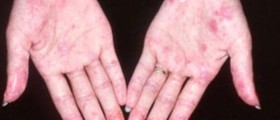

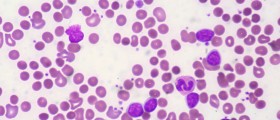
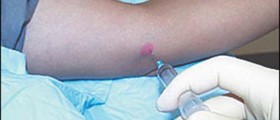
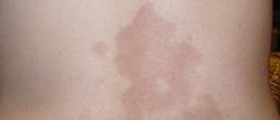


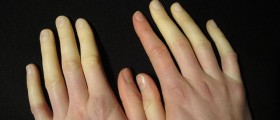



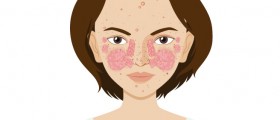



Your thoughts on this
Loading...